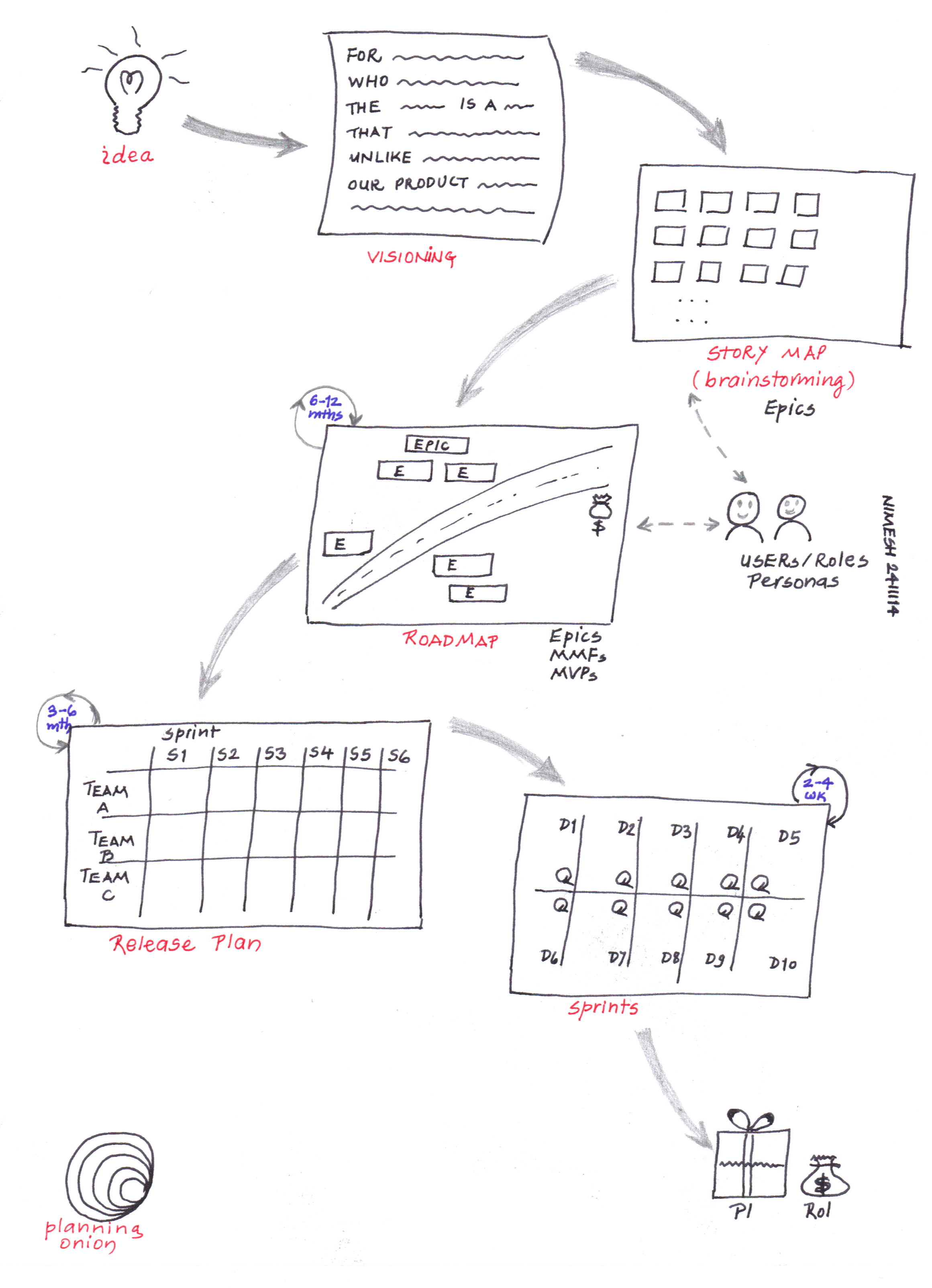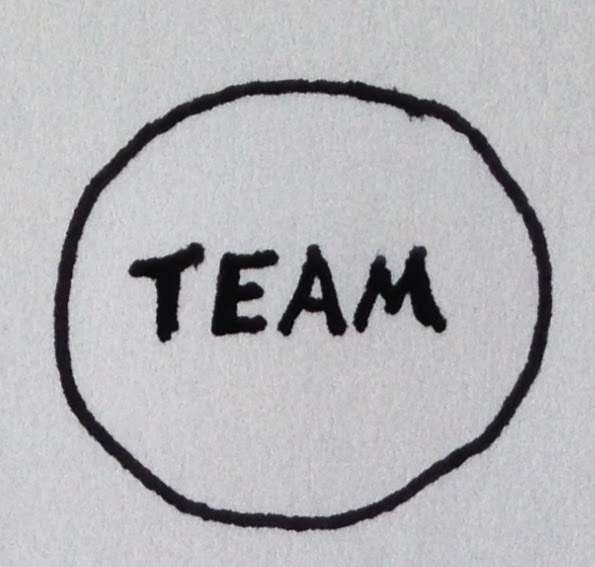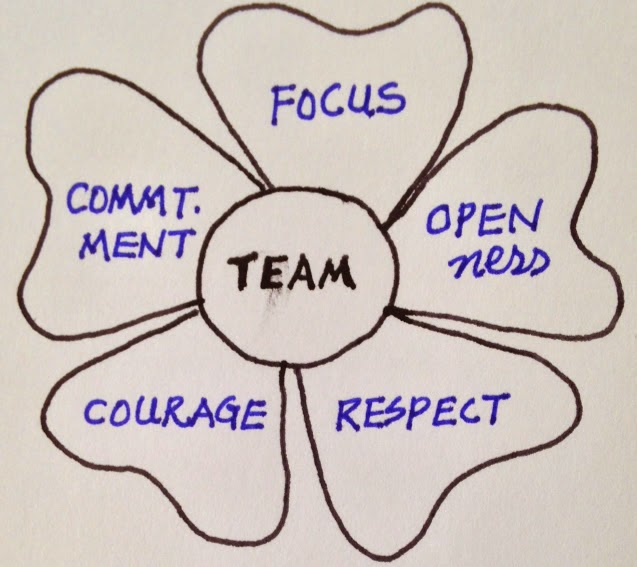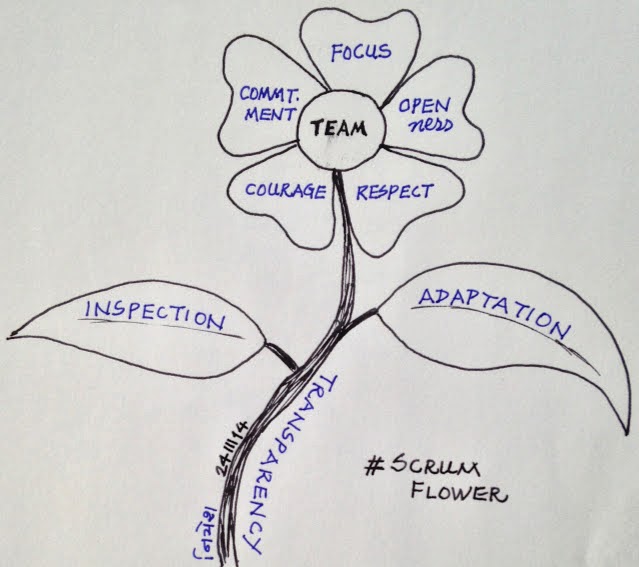- Idea
Everything stats with an idea! It could be an idea for a new product/service offering, or it could be a new market opportunity that you want to pursue, or it could be that you want to fix all the ‘holes’ in your existing product in order to gain better market share. Bottom line is that it all starts with a seed that we call Idea! - Visioning
Remember, you are not alone working on this idea! You will have teams working on this idea to drive it towards (becoming) a reality. You should be able to convey your vision about the product/service. We use this special format to describe your vision. - Story mapping / brainstorming
Now, armed with your Vision statement, you can start pulling all the right parties, the stake holders into conversation. You can lead a brainstorming session to uncover, unearth the work that needs to be completed in order to make this vision a reality. Don’t overwhelm yourself with lot of details. Key here is to stay at 50K ft and capture high level (slices of) work that would need to be completed (don’t worry about how, when, who does it. For now, the focus is on WHAT. - Roadmap
Now that we know what work needs to be completed (based on the Story mapping exercise), we can start putting them together on a roadmap that will help us make the product a reality. At this point, we want to focus on next 6 to 12 months, and create a product road map; what features would be built, and when we would like to release them to the market. As we do this, stay focused on creating value with each product increment that we push to market. - Release Plan
With the roadmap in place, we can start pulling in all the teams that would be working on them. Complete some dependency analysis, identify all the teams, and get them into release planning session. Here, we are focusing on next two to three months, and what product increment we can work on and get it out to market. All the teams can discuss these features and functionalities, what it will take (effort) for them to make it a reality, what are the dependencies, and how they may impact the “Push to Production” effort. At the end of this session, these teams come out with an intended plan of HOW they will build this product increment. - Sprints / Iterations
Based on the intended plan that came out of the release planning session, teams go into individual sprints, get into more details as to what tasks needs to be completed. Here, we focus on next two to three weeks at a time.
The key to success here is not to get hung up on getting the product to be ‘perfect’ before you go to market. WE focus on creating a version, an increment of the (ideal) product and push it to market; identify the minimum viable product (MVP) with which we can go to market. And, then repeat this cycle on a smaller feature sets, smaller increment of the product (that builds on the increment that we released to market earlier).
How long is your Concept2Cash cycle? How long does it take for your organization to take an idea to market?
Would you want to shorten this, want to increase your Idea2Market speed?
#Agile can help, I can help! Get in touch with me and we can shorten this cycle for your organization.
Read More



